Description
Genus: Tylopilus
Species: rubrobrunneus
Common Name: “Reddish Brown Bitter Bolete”
Tells: Purple cap ages toward brownish. White flesh tastes bitter. Buff to brown stem turns gray-green from handling.
Other Information: Brown-staining pores age from pale gray to buff, to pinkish, & then to dingy brown or pinkish-brown. Any netting will be at the very top of the stem. T. plumbeoviolaceus has a much purpler stem, and T. violatinctus bruises violet on top of the cap and also has more pink/purple in the stem.
Edibility: Too bitter to eat but useful for unique approaches like cocktail bitters. It isn’t toxic; just absurdly bitter.
CHEMICAL TESTS:
- NH4OH (Ammonia): Purple parts of the cap skin lighten to pinkish brown. Stem skin turns mahogany-red. Cap flesh has no reaction.
- KOH: Purple parts of the cap skin lighten to pinkish brown. Stem skin turns mahogany-red. Cap flesh has no reaction.
- FeSO4 (Iron Salts): Cap skin has no reaction. Stem skin turns olive-green. Cap flesh turns pink to purplish buff.
Links:
 |
592 |  |
340 |  |
271 |  |
395 |

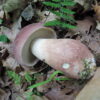
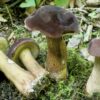
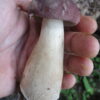
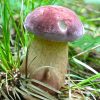
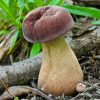
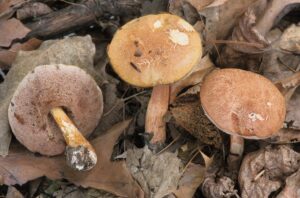
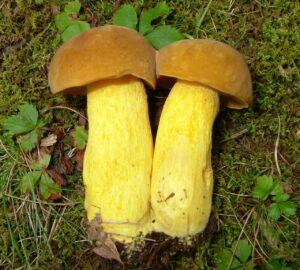
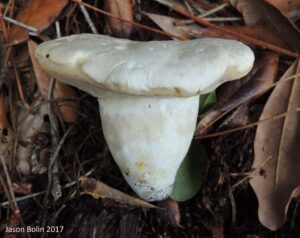
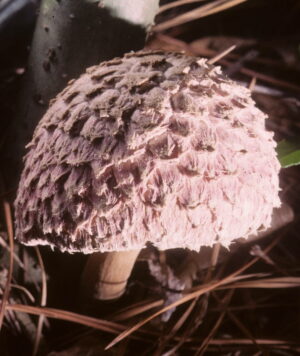
Got something to discuss?